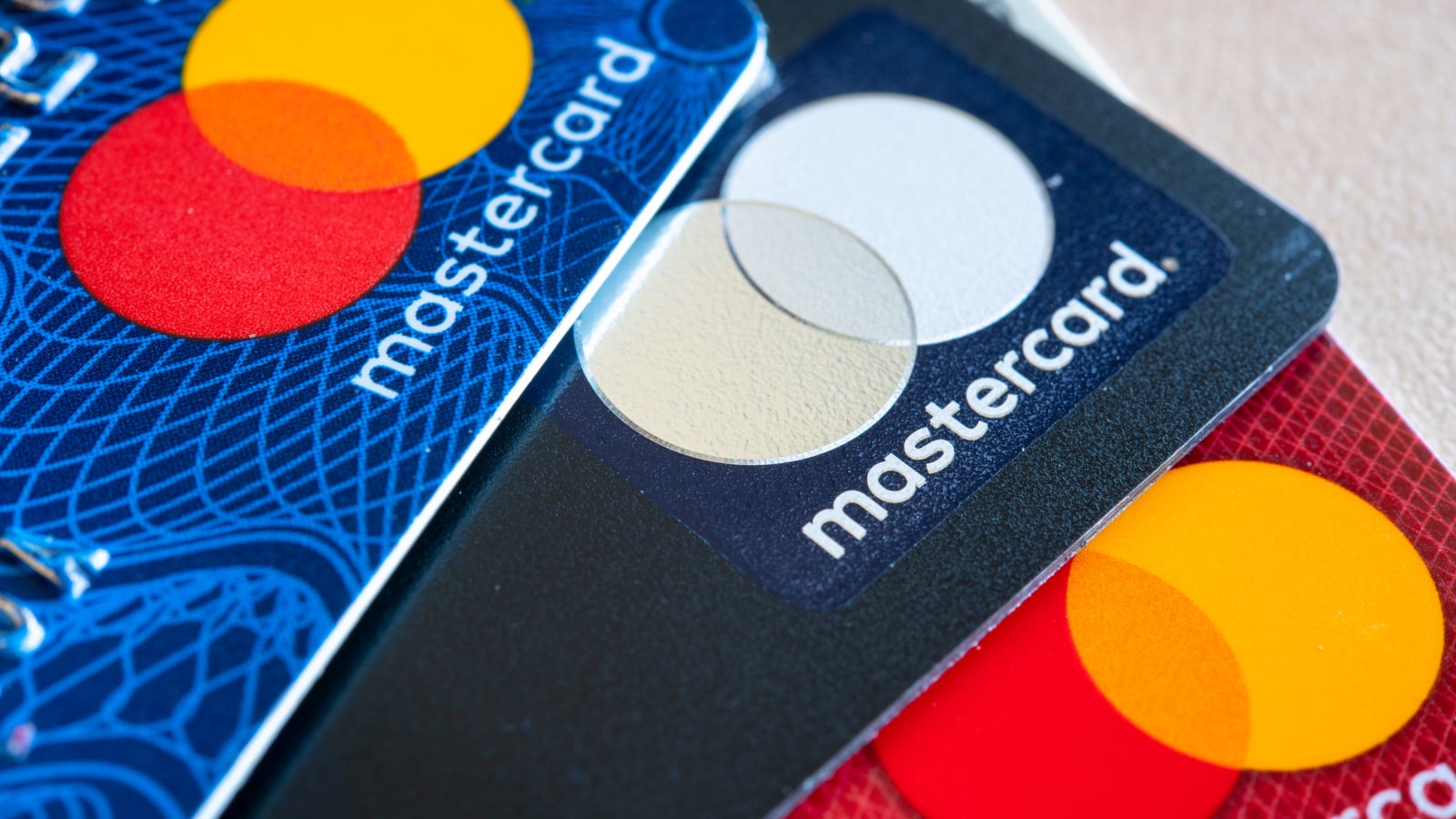advertisement
How Mobile Technology, Partnerships & Innovation Converge In Tanzania

Over the past two years, Mastercard has introduced numerous solutions in Tanzania which are supporting the transformation of the digital payment ecosystem in the country. As technological advancement and innovation are rapidly transforming the digital payment ecosystem in Tanzania, a Q&A is in order for Adam Jones, Area Business Head East Africa, Mastercard. He discusses in detail the growth of payments and technology industries in Tanzania, how these tools can bring more people and businesses into the formal economy and the work Mastercard is doing to support digital transformation.
In your view, is Tanzania prepared to adopt digital transformation and emerging technologies?
Is Tanzania prepared to adopt digital transformation? I would say a resounding yes. Let’s look at it a little more critically. Tanzania is undergoing rapid digital transformation driven by the growing number of people connected to mobile and internet services.
I mean, in 2013 there were about 23 million mobile telecom subscribers in Tanzania, according to data from the Tanzania Communications Regulatory Authority (TCRA). Today, the number has almost doubled to 44 million out of a population of 56 million with 83 per cent accessing the internet through their mobile devices.
advertisement
Let’s not forget that Tanzania is one of the most advanced mobile money markets in Sub-Saharan Africa. The benefits of mobile money extend far beyond financial inclusion; the services have made a significant impact on individuals, government and the economy.
When you look at the rate of adoption of digital payment platforms in this market, it is safe to say that Tanzania is more than ready to make the most of the opportunities from digital transformation.
Mastercard QR and virtual cards are two of the main digital payment solutions transforming the payment ecosystem in Tanzania. Tell us more about the functionality of these solutions and how they are designed to equip people to join the digital economy.
Mastercard QR is an innovative, interoperable, secure and easy digital payment solution, which allows customers to make payments by either scanning a QR code or entering a merchant identifier on their mobile phone. This payment technology solution has extended acceptance infrastructure to the bottom of the pyramid, enabling MSMEs (micro, small and medium enterprises) that could not afford PoS (point of sale) terminals, to now accept digital payments.
advertisement
These MSMEs can now benefit from being included in the financial ecosystem through digitized payments, creating for themselves distinct financial records needed for securing credit facilities for the growth and expansion of their businesses. The widespread availability and convenience of this touch-free technology has driven uptake of the solution resulting in millions of transactions monthly.
Our virtual (non-plastic) cards allow mobile money customers, even those without a bank account, make payments to local and global online merchants accepting Mastercard cards for payments, while ensuring that the customers financial data is always secure and private.
Launched in Tanzania in 2018, mobile devices boosted by the virtual card solution are today a popular tool for e-commerce in Africa. This solution has enabled people without bank accounts to purchase items quicker, safer and more conveniently both domestically and across international borders.
advertisement
Airtel Money and M-Pesa customers in Tanzania are enabled to use this solution, transforming the way they shop across multiple platforms. In a broader partnership with Airtel Africa, over 100 million mobile phone users across 14 African countries will also soon be able to access Mastercard’s global network through virtual cards and QR payments. This partnership is already live in Tanzania.
Our strategic partnerships in Tanzania and East Africa is helping Mastercard achieve its global financial inclusion goal of reaching 1 billion people previously excluded from financial services by 2025.

Over the past 36 months, Mastercard has partnered with mobile network operators, fintechs and traditional financial institutions in Tanzania providing payment solutions to enable Tanzania’s digital economy. Tell us a bit more about this.
Leveraging our global payments capability, local innovation from our Lab for Financial Inclusion in Nairobi and partnerships with mobile network operators, fintechs, banks and governments, we have over the past two years introduced numerous solutions which are transforming the digital payment ecosystem in Tanzania.
For example, our partnership with Selcom, Tanzania’s leading fintech, has made it possible for their consumers across banks and all the leading MNOs to accept Mastercard QR payments, thereby adding over 50,000 new merchants in two years. This digital payment solutions has grown to support more than nine million transactions annually. Mastercard enabled QR consumer base stands at 14 million in Tanzania alone.
Even with the banks, though they are our most traditional partners, we are currently working together in new ways to meet the needs of everyone. An example is our partnership with NMB Bank to enable Tanzania’s boda-boda riders to gain access to the QR payment acceptance platform. We also partnered with them and a company called EYWA on a robust digital payment solution that facilitates touch-free transportation.
With regards to your partnership with NMB Bank and EYWA to launch the EYWA Transit Solution, how will this solution benefit commuters and commercial bus operators?
The solution consists of a mobile app and a Transit Card. This first-of-its-kind mass transportation solution. It satisfies a growing need for an organised mass transit network. To use this service, all passengers need to do is get their free EYWA Transit Card from EYWA agents located at bus stops, and top-up through any of their preferred platforms. Commuters will receive information on the next arriving bus on their mobile phones. Smartphone users can also download the EYWA App.
It means commuters can now minimise contact during transit and stay safe as they commute. The solution enables commuters to avoid ticket-buying queues, check into the waiting pool of their destination, track the time of arrival of their buses and avoid the jostling and human-to-human contact.
They do this by scanning their card to board the bus. With the use of their mobile phones (feature or smartphone), and transit cards, commuters can also cut out cash payments and time wasted waiting for change through the pre-payment feature.
Commercial bus operators on the other hand will be able to view their passenger pool ahead of their arrival at the next station, ensure swift and organised passenger pick-up and be pre-informed on the number of stops per trip making travel time more predictable and efficient.
In addition to this, bus operators will also benefit from being included in the financial ecosystem through the digitised payments, creating for themselves distinct financial records needed for securing credit facilities for the expansion of their business or maintenance of their vehicles.
In May 2020, Mastercard announced its goal to connect 1 billion people to the digital economy by 2025. How are you co-working with the SME sector in East Africa to add value?
Five years ago, we made a commitment to bring 500 million financially excluded individuals into the digital economy. Through 350 programs in over 80 countries from 2015 to 2020, we have achieved that goal. However, we are not content to sit on our laurels here – if anything, this has spurred us to dream even bigger. We are now focused on extending our commitment to taking this number to financially including 1 billion individuals by 2025.
The reason we are doing this is simple. It reflects our mission of “doing well by doing good,” of harnessing our insights, technology and expertise to advance inclusive growth and make a substantive and enduring social impact. In fact, we have extended this commitment beyond just 1 billion individuals. We will also support 50 Million MSME/SMEs and 30 million women entrepreneurs in becoming financially included.
For micro and small businesses, one of the biggest hurdles to growth is not having access to working capital loans. Our technology makes it possible for them to digitise their transactions – both sales and purchases – which provide financial institutions the means to evaluate them for credit. This includes a suite of solutions that reduce both the cost of and the barriers to accept payments digitally.
These payment solutions are cornerstones of our efforts to reduce the cost of acceptance. Furthermore, we are working with acquirers to build out networks of payment facilitators by teaching fintechs how to enable card payments for small and micro merchants on behalf of the acquirer. We provide them with services and platforms to support the onboarding process with one touchpoint for the larger Mastercard network.